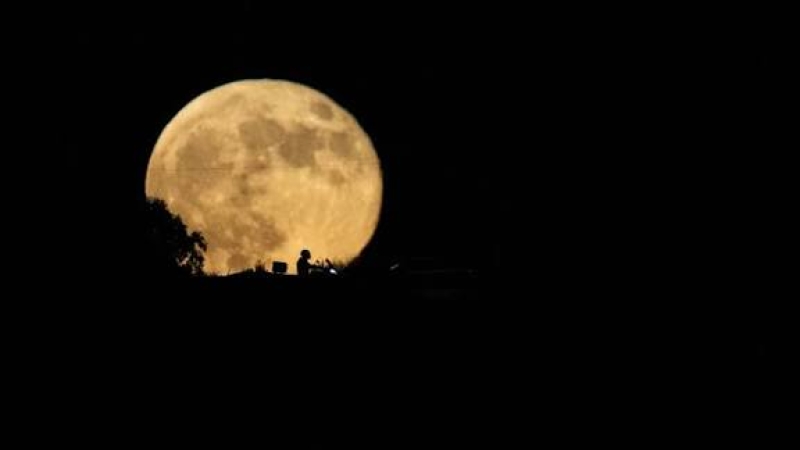- Japan Issues Tsunami Alert After Strong 7.6 Quake |
- Bangladesh Plans Record Flag-Parachute Display on Victory Day |
- UN Launches $33 Billion Appeal to Aid 135 Million People |
- CA urges united efforts to stop food contamination voicing concern |
- Tarique obliquely slams Jamaat for ‘propaganda’ against BNP echoing AL |
First supermoon of the year to light up skies on Monday

Stargazers are in for a treat Monday night as the year’s first supermoon is set to appear slightly larger and brighter in the night sky.
October’s supermoon marks the first of three this year. The phenomenon occurs when a full moon reaches its closest point to Earth in orbit, making it appear up to 14% bigger and 30% brighter than the faintest moon of the year, according to NASA.
Although it’s a noticeable celestial event, astronomers say the change is subtle. “It's not really very unusual,” said Derrick Pitts, chief astronomer at the Franklin Institute in Philadelphia.
A supermoon can be seen anywhere in the world without special equipment, weather permitting. However, the difference in size is easier to appreciate when compared with a regular full moon in preceding nights.
“If you go out and just look at the moon when it’s very high in the sky, there is nothing relative to it to give you an idea of how big it looks,” Pitts explained.
During Monday’s event, the moon will come within about 224,600 miles (361,459 kilometers) of Earth. The closest supermoon of the year will occur in November, followed by another in December.
Skywatchers can also look forward to more celestial events in 2026, including a total lunar eclipse visible across much of North America, Asia, and Australia in March, and a partial one in August across the Americas, Africa, and Europe, reports UNB.

